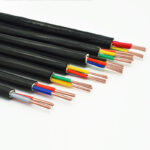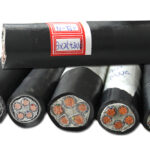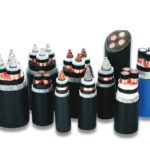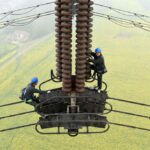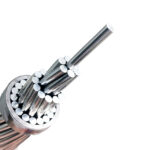Basic knowledge of bare conductor
The processing and production of bare conductor are carried out in accordance with the national standards. The latest domestic standard is: GB/T1179-2008. The relevant national standards used before are no longer used. Since the previous standards are relatively simple and clear, refer to It is very convenient to use. Except for the change in the … Read more


